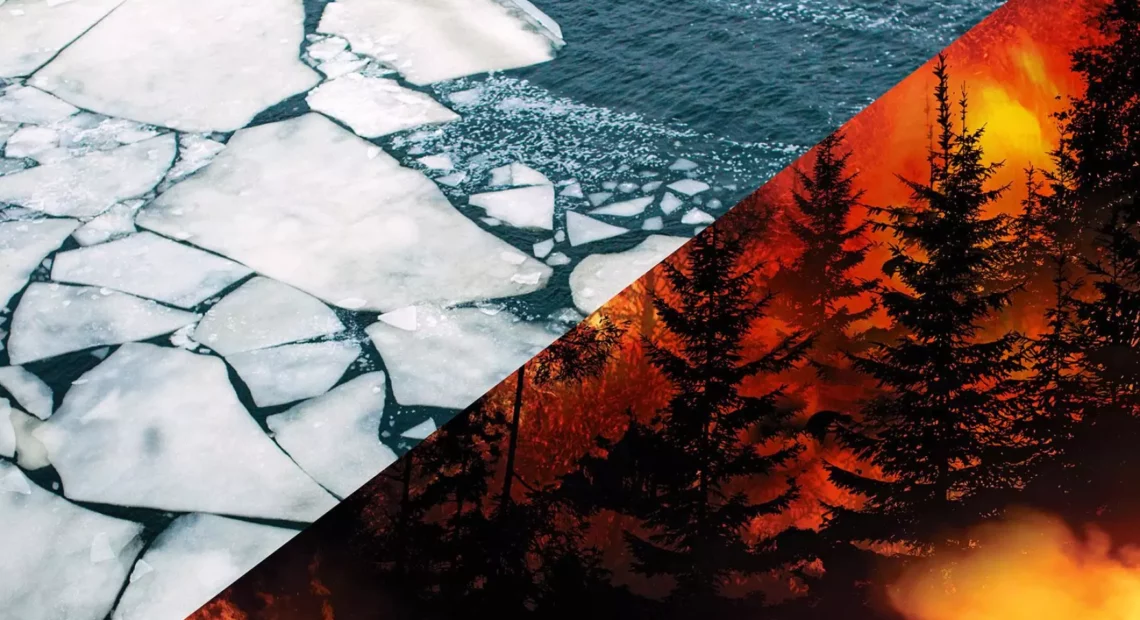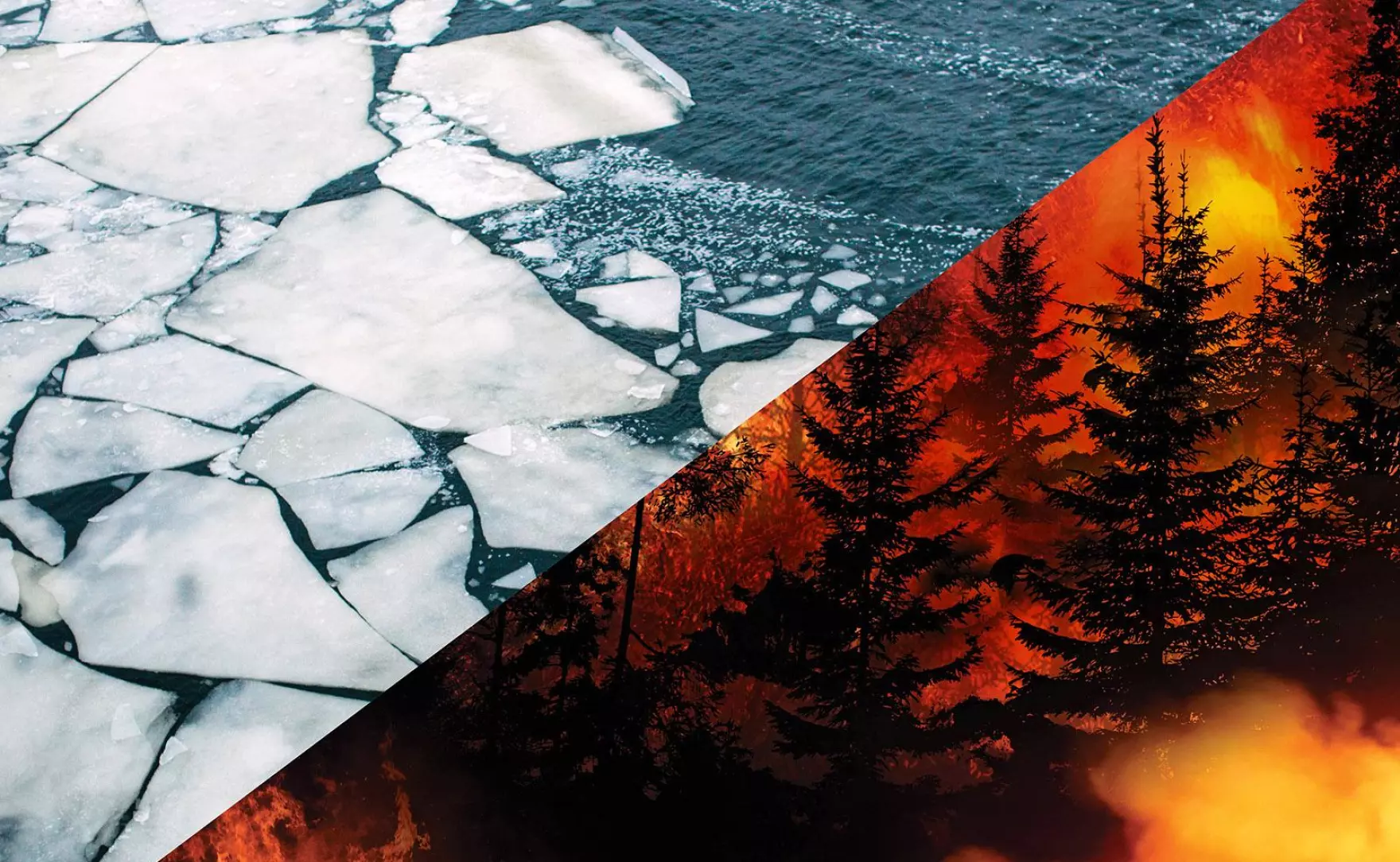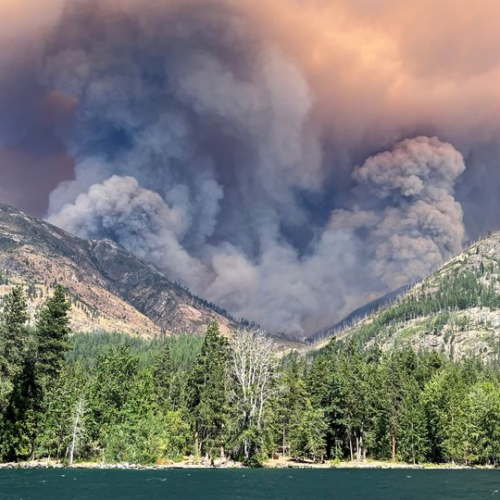New atmospheric research has found melting sea ice in the Arctic increases the risks for wildfires on the West Coast.
Northwest researchers have found climate conditions in one part of the world can cause climate changes far away.
Specifically, melting sea ice can be an important predictor for wildfire risks in the Northwest, said Hailong Wang, a research scientist at Pacific Northwest National Laboratory and co-author of the study, published this October in the journal Nature Communications.
Research shows extreme weather in one part of the globe can cause weather shifts far, far away. This phenomenon is known as teleconnection, Wang said.
“We have one earth. The whole climate system is connected,” Wang said.


















